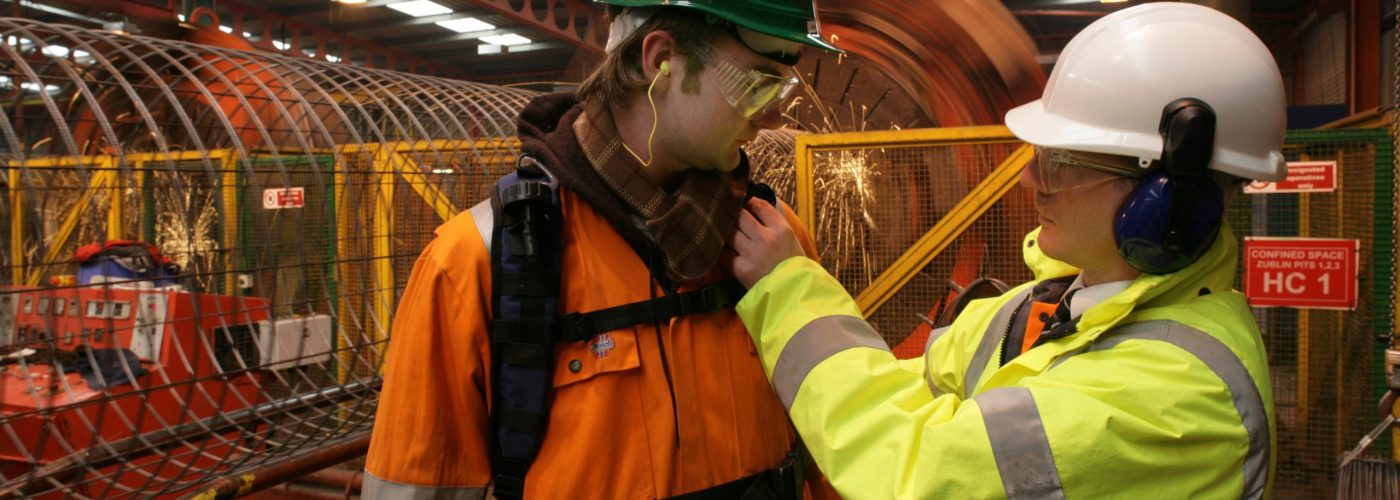Health risks from Coronavirus and occupational disease are big issues for businesses. IOM’s clients are benefiting from 50-years’ experience of keeping workers healthy and businesses compliant.
The Institute of Occupational Medicine (IOM) has been at the forefront of scientific research to understand and mitigate a range of occupational and environmental health risks for over 50 years.
“IOM understands the risks affecting human health in the workplace and the wider environment,” says Managing Director Nathan Baker. “Through scientific research and workplace protection services, we support companies to understand and mitigate a range of health risks, keeping their workplaces safe, healthy and compliant.
“Our work started in coal-dust and asbestos and has evolved to include modern-day risks such as carbon nanotubes, occupational diseases, air pollution and coronavirus.”
Key capabilities include air monitoring for hazardous substances (such as dust, silica and chemicals), noise and vibration measurements, face fit testing, design and review of ventilation systems along with final testing, and BREEAM certification.
Recent projects with long-term clients such as Network Rail, Graham Construction and HS2 have underlined IOM’s ability to react quickly and effectively to challenges as they arise in different environments, solving problems not just reporting on them. This is only possible because of IOM’s breadth of expertise.
“Our service and consultancy work delivers objective, independent assessments of workplaces and benefit-led recommendations, whether derived from desk-based consulting or the review of site-based measurements and analysis.
“Our technical teams identify areas of poor practice which may need attention, and provide clear recommendations for improvement. Our methodology, reporting and recommendations are precise, to the point and practical.”
Thus, IOM has established a unique and trusted voice that is valued by Industry, Government, Academia and the wider public.
More recently, its work has understandably focused on risk associated with coronavirus. This has seen IOM carry out ventilation testing and design work for COVID related healthcare clients, risk assessments for many varieties of companies working during the pandemic, and essential dust monitoring and other hazardous substances for companies continuing to work on critical projects during the pandemic.
Nathan is particularly proud of the work IOM carried out for the NHS Louisa Jordan, a temporary emergency critical care hospital created to deal with the COVID-19 pandemic in Scotland. It was an “intense project to build an entire hospital from an exhibition centre in a matter of weeks” and required “great partnership working with other contractors”. Successful collaboration was fundamental. Nathan says he was “so proud that our team’s efforts were a major contributing factor to the hospital opening on time and safely for the patients using it.”
2020 has been challenging for all and IOM, like many other businesses, had to evolve. “We have actually adapted and improved how we work based on our experiences this year. We have adopted virtual first, travel last principals, which has made us much more efficient and more accessible.
“We have adapted to the changing needs of clients as they return to work or continue to work under the restrictions in place. We have taken a much more agile approach to meet client needs. We are constantly innovating – whether that be changing how we work or finding new solutions to client issues. The team at IOM are leveraging the last 50 years of solution finding experience and applying it to the modern world. We are making the most of a difficult situation and using the opportunity to adapt to our teams’ needs as they have different working/ life balances.”
And as Nathan looks to the future, the focus is ensuring IOM can continue to lead from the front. “We work with a range of companies that are working hard to manage the health risks in their workplaces. We want to help our clients share and highlight how an independently verified workplace protection programme has benefited their organisation.”





